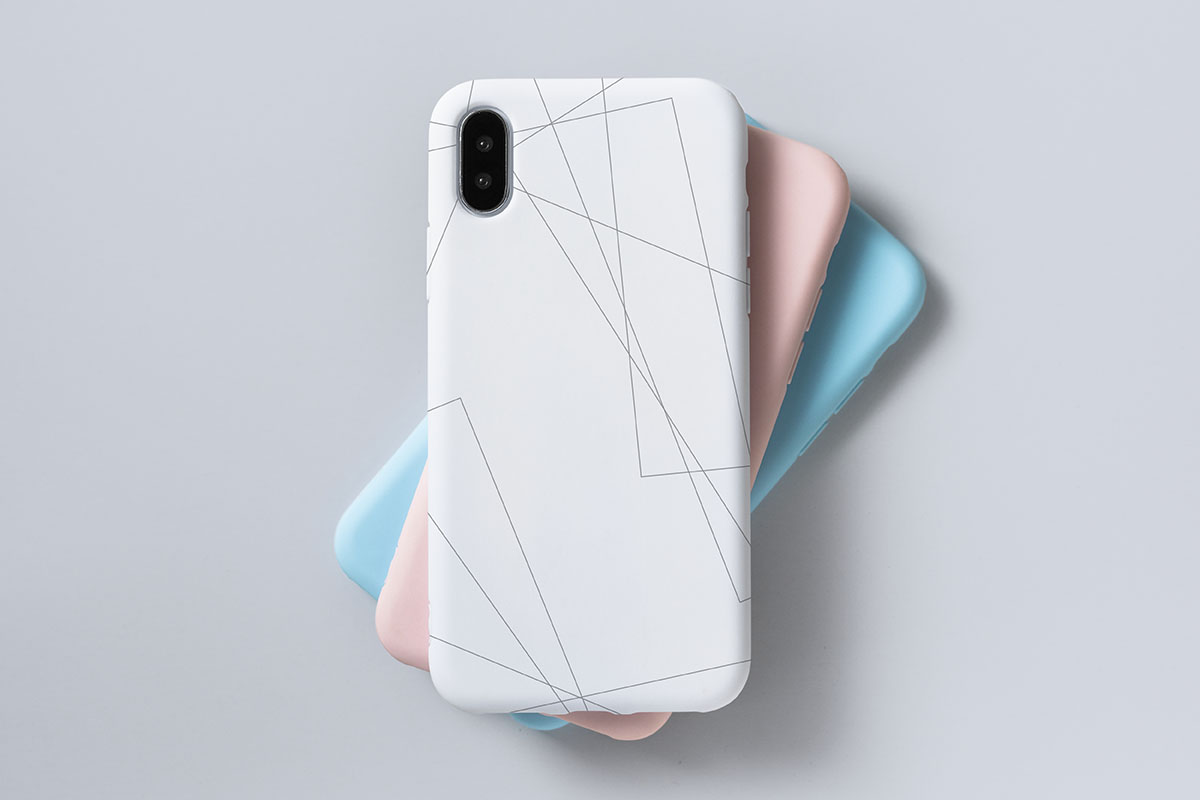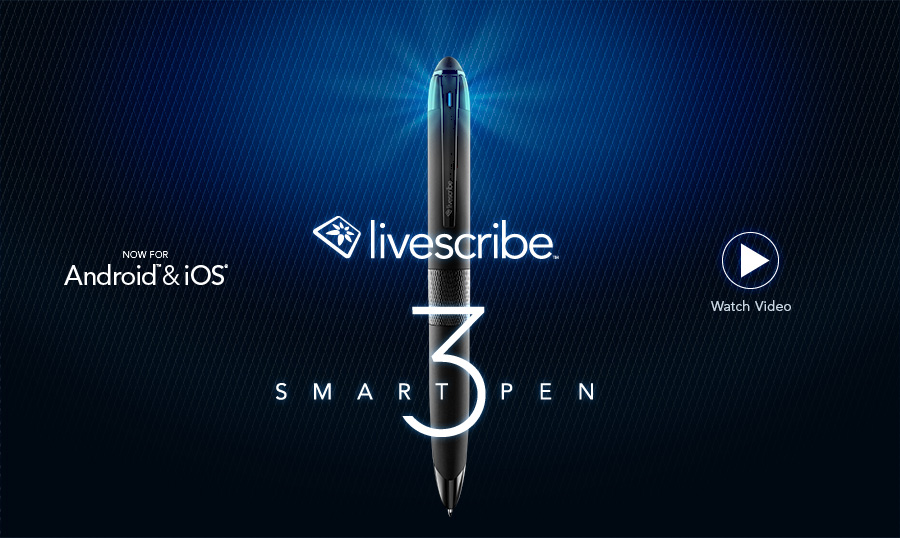Why Not Use Your Phone as a Cheap PC?
While the PDA has existed as a sort of mini-PC for years, Microsoft said it would encourage phone manufacturers to formalize the transition of the phone to a mobile PC through a research initiative called “Fone+.”
While the PDA has existed as a sort of mini-PC for years, Microsoft said it would encourage phone manufacturers to formalize the transition of the phone to a mobile PC.
Microsoft Research chief Craig Mundie said that Microsoft has a research project called “Fone+” that would allow the phone to work with a TV as a secondary display, and one that could allow video stored on the device to be played back on the television.
For Microsoft, the challenge is extending the PC platform into new applications and form factors. For many years, the WinHEC conference here has served as the underlying foundation for hardware initiatives for the Tablet PC and the more recent UMPC, both of which have struggled. Microsoft’s penetration into the smartphone market, however, has been more successful.
“There’s no reason that if this thing were hooked up to a large display that we couldn’t watch the video in this environment,” Mundie said.
In a separate demo, Mundie showed off an uncertain environment where an illiterate third-world mother needed medical attention for her child. Using a cell phone and icons the mother was asked who in her family was sick, what the symptoms were, and guided her to a local infirmary where a USB-enabled PC kiosk, complete with USB blood pressure cuffs and stethoscope could provide a complete diagnosis.
A Micronics portable “lab in a box” was also shown, which can take a drop of blood and perform molecular analysis to determine whether the patient is affected by a particular type of disease. The box, a product of a Bill and Melinda Gates Foundation healthcare grant, will be released in the “near future,” Mundie said.
Besides, software needs to be designed in context, with a knowledge of the devices around them, Mundie said. Data must be scaled to the server or phone, while the data must be able to be interacted with via keyboard, pen or even gestures.
Mundie said that Microsoft and its other software partners would have to be redesigned to take advantage of a “manycore” environment, where steadily increasing clock speeds in the microprocessor world is being replaced by multiple cores running at a maximum speed of about 3 GHz. To meet that challenge, software must be designed to run concurrently, with many parallel threads, he said.
Finally, Mundie stated that Microsoft is working on increasing speculative execution, where the PC tries to anticipate what the user will want, rather than sitting idle and passively waiting for input. One example of this is Vista’s SuperFetch, which attempts to “prelaunch” commonly used applications, Mundie said.
“I think that the Microsoft view is that the PC will continue to evolve in many radical ways including the most fundamental architectural changes in 30 years,” Mundie said. “I think that this will occur in about five years time.” The challenge for WinHEC attendees was to make that happen, he said.
Copyright 2007 by Ziff Davis Media, Distributed by United Press International
Source: Physorg



















